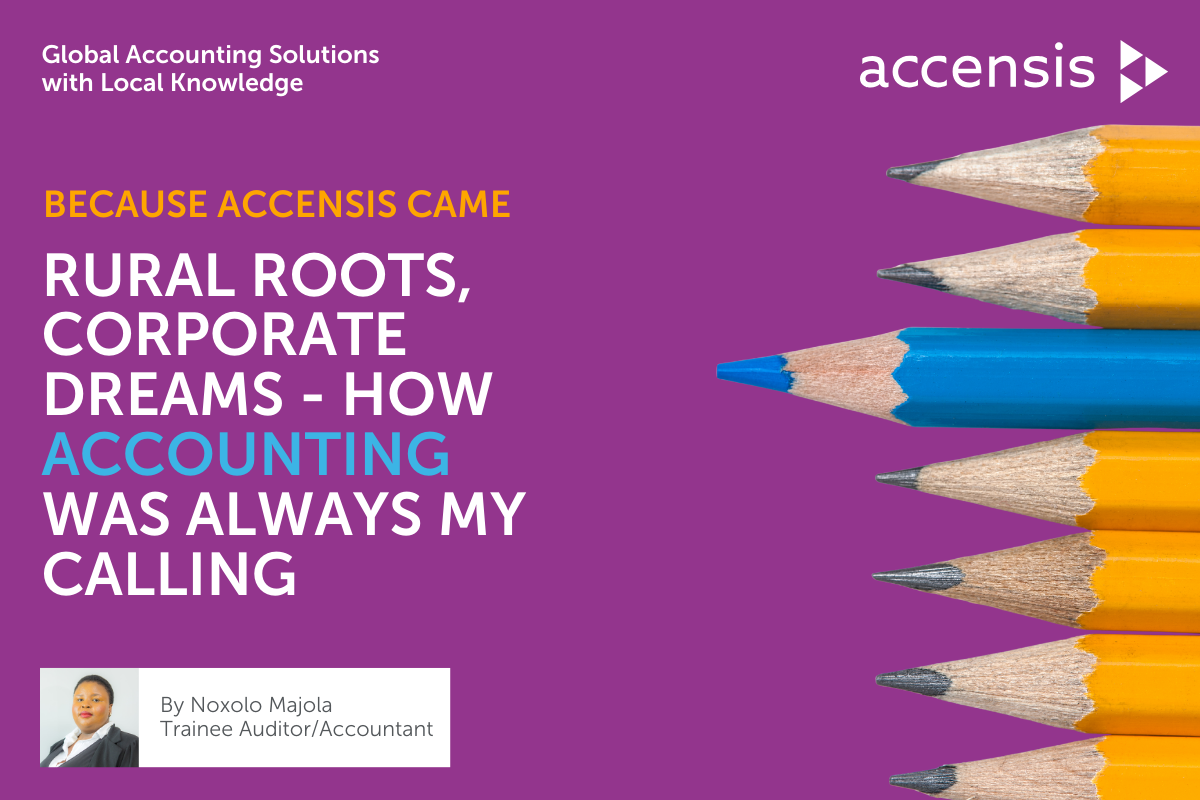AI-generated art - has it gone too far?

AI-generated art - has it gone too far?
Since the advent of the science fiction genre, humanity has been obsessed with the possibility of robots or machines rising and overthrowing the human race.
First through novels and books such as Isaac Asimov's 'I Robot' and Arthur C. Clarke's 'A Space Odyssey', and then through cinema and tv with the famous 'Terminator' franchise, the blockbuster 'Matrix' franchise, and the recent reboot of the 'Westworld' series: humans love robots.
We all assumed the machines would strike first through physical violence and military might.
And unlike the Hollywood tales, that is not the case.
The new frontier between man and machine has popped up in the most unlikely places: The arts. The once illustrious playground of esteemed maestros such as Leonardo Da Vinci, Raphael and Vincent Van Gogh has finally been invaded by AI, which is already causing a stir.
Towards the latter part of last year, the software appeared online, allowing users to imitate and mimic other artists' styles and work.
The software requires a sample of said artist's work to analyze and study. It can quickly produce a piece similar to, if not the same, artwork. This new development is both exciting in the possibilities it creates and frightening with its consequences.
The idea that anybody from any background or walk of life can create and disseminate art that reflects their emotions, opinions and ideas at the touch of a button is beautiful and liberating. It will enable the average person who lacks the skills or ability artistically to produce pieces with ease. This will allow many people to engage in their hidden creative sides and express themselves artistically, which they could not do before.

And as expected, there are some downsides.
As with any new technology, there is always space for manipulation and exploitation. After a quick scroll through social media, it won't take long to find posts from begrudged and outraged artists who are dismayed at the discovery of their art being appropriated by this new software.
In an article from The Guardian, artists voiced their fears, stating that they think AI tools are the opposite of art.
This brings us to the undeniable reason art and artists have always been revered throughout history. Creating and manifesting art has always been a coveted and admired skill that most of us aren't capable of.
In 2021, the global art market was estimated to be 65 Billion USD. There is much care and consideration, with galleries and prestigious museums home to many classics.
AI art threatens the very core of the creative industry. If anyone can replicate or reproduce a piece of art, it diminishes and devalues both the artwork and the skill. Why bother hiring an artisan or a digital artist when you can easily log on to a computer and produce it using the software?
Being in the creative and arts industry is already an unforgiving job. Most artists have spent years honing their craft and hours creating unique pieces for their customers, and now they stand to lose their primary source of income (which we know isn't a lot) to a computer.
We may not realize it, but we are in a precarious situation. For the moment, those in digital art are starting to feel the effects, but you don't have to look far to see where this path leads.
All it takes is for someone to link this new software to a 3D printer; anyone could make a sculpture or statue or, even a painting mimicking their favourite artist. We could be on the first step toward the death of the traditional art industry if we fail to regulate this new software and protect our artists and their incredible work.
If we don't, the next Mona Lisa could be made by a computer.



.png)

.png)